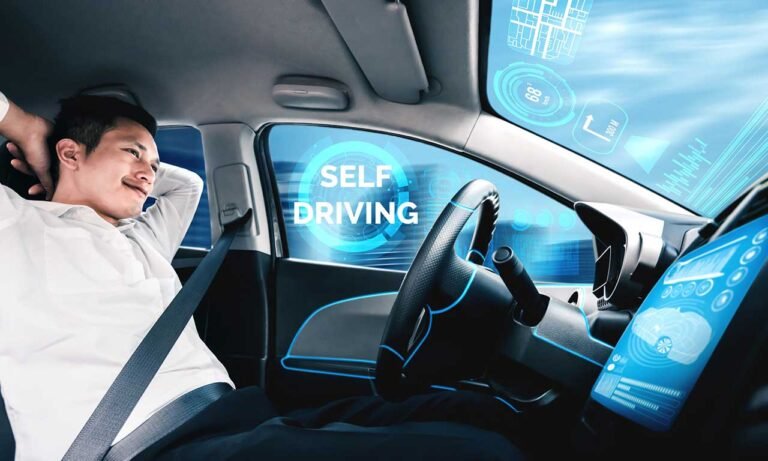Self-driving vehicles have been the talk of the town for years now, with many investors pumping billions into various startups. An estimated $100B has been bet on self-driving cars, but unfortunately, these investments are yet to yield substantial progress. Startups in this industry are struggling to make headway and are instead falling back on simulations and remote operators as losses mount. In this blog post, we’ll discuss the current state of self-driving car technology after 100bchafkinbloomberg and why progress seems slow despite all the hype surrounding it.
Investors Pump Billions into Self-Driving Vehicles After 100bchafkinbloomberg.
Investors have poured billions of dollars into self-driving vehicles for the past few years. The excitement surrounding this new technology has reached a fever pitch, with many seeing it as the future of transportation. It’s no wonder that an estimated $100B has been bet on these futuristic cars.
However, despite all this hype and investment, progress in this field seems slow. Startups are struggling to deliver results, and investors are getting impatient. They want to see a return on their investment sooner rather than later.
There is still much work before self-driving cars become mainstream. Safety regulations and cybersecurity concerns must be addressed before fully autonomous vehicles hit the road en masse.
Despite these challenges, many startups remain optimistic about the future of self-driving car technology. They believe that with continued investment and research, they will eventually overcome any obstacle that stands in their way.
While investors may be taking a risk by investing so heavily in self-driving cars at present after 100bchafkinbloomberg, they also recognize its potential benefits if successful – like reduced traffic congestion or increased mobility access for disabled individuals – making it a gamble worth taking nonetheless.
Startups Struggle to Make Substantial Progress
Startups struggle to make substantial progress despite the vast sums of money invested in self-driving technology. Various challenges, from technical hurdles to regulatory issues and public skepticism, have beset the industry.
One major issue facing startups is the complexity of autonomous vehicle technology. Developing reliable software that can effectively navigate real-world roads and traffic conditions is complicated, requiring massive amounts of computational power and sophisticated algorithms.
Another challenge is the patchwork nature of self-driving vehicle regulations. Different states and countries have varying rules regarding the testing and deployment of autonomous technologies, creating headaches for companies trying to scale up their operations.
Moreover, public distrust surrounding self-driving cars is fueled by fears over safety concerns like accidents caused by faulty systems or hacking attempts on driverless vehicles’ computerized controls.
Despite these obstacles, many startups continue to push forward with their efforts to develop autonomous driving technology. However, it’s clear that much work still needs to be done before we see widespread adoption of this game-changing innovation on our roads.
Simulations and Remote Operators Step In
With the challenges self-driving vehicle startups face, simulations and remote operators are stepping in to help them progress. Simulations allow software testing under different driving scenarios without putting people or vehicles at risk.
Remote operators, on the other hand, monitor the performance of autonomous vehicles from a distance and can take control when needed. This allows companies to test their technology in real-world situations while minimizing risks.
However, relying too heavily on simulations and remote operators may hinder progress. Testing in a simulated environment may not accurately reflect how a vehicle would perform on roads with unpredictable variables such as weather conditions and human behavior.
Nevertheless, self-driving vehicle companies must continue exploring all possible solutions to address their current setbacks. And with continued investment and research into autonomous technology, we may see more advancements soon enough.
Conclusion
As the race for self-driving cars continues, it’s clear that startups are still struggling to make substantial progress despite the billions of dollars poured into their development. While there have been setbacks and a few high-profile accidents, simulations and remote operators have emerged as valuable tools in testing these vehicles before they hit public roads.
As technology evolves rapidly, we can expect further advancements – but it may be some time before fully autonomous vehicles become commonplace. In the meantime, investors will continue to bet on this new industry in hopes of seeing significant returns.
The road ahead may be extended and winding, but one thing is sure: those who succeed will change how we get from point A to point B and shape our cities and even our way of life. Only time will tell which startups emerge victorious in this race toward autonomy.




